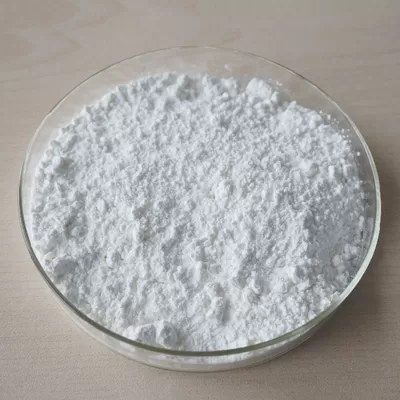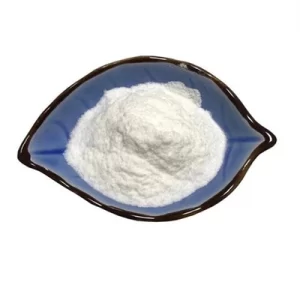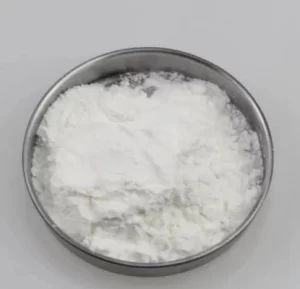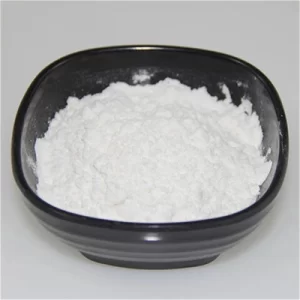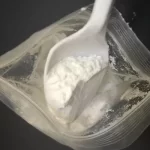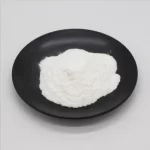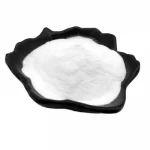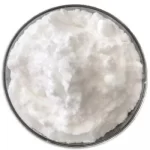Description
GMP Vitamin A Retinol CAS 68-26-8 , 11103-57-4 Pure Retinol Powder
Description
| Sample: | Available | Package: | 1 Kg Per Foil Bag,25 Kg Per Drum |
|---|---|---|---|
| Color: | White | Shelf Life: | 2 Years |
| Appearance: | Powder | Storage: | Keep Out Of The Sun, Cool And Dry Place |
| Origin: | China | ||
| High Light: |
GMP Vitamin A Retinol, CAS 68-26-8 Vitamin A Retinol, 11103-57-4 Pure Retinol Powder |
||
GMP Manufacturer Supply Vitamin A Retinol CAS 68-26-8/11103-57-4 Pure Retinol Powder
| Name | Retinol |
| Synonyms | Vitamin A |
| Molecular Formula | C20H30O |
| Molecular Weight | 286.452 |
| CAS Registry Number | 68-26-8 |
| EINECS | 200-683-7 |
| Melting point | 61-63 ºC |
Vitamin A is a group of unsaturated nutritional organic compounds that includes retinol, retinal, retinoic acid, and several provitamin A carotenoids (most notably beta-carotene). Vitamin A has multiple functions: it is important for growth and development, for the maintenance of the immune system and good vision.Vitamin A is needed by the retina of the eye in the form of retinal, which combines with protein opsin to form rhodopsin, the light-absorbing molecule necessary for both low-light (scotopic vision) and color vision.Vitamin A also functions in a very different role as retinoic acid (an irreversibly oxidized form of retinol), which is an important hormone-like growth factor for epithelial and other cells.
In foods of animal origin, the major form of vitamin A is an ester, primarily retinyl palmitate, which is converted to retinol (chemically an alcohol) in the small intestine. The retinol form functions as a storage form of the vitamin, and can be converted to and from its visually active aldehyde form, retinal.
All forms of vitamin A have a beta-ionone ring to which an isoprenoid chain is attached, called a retinyl group. Both structural features are essential for vitamin activity. The orange pigment of carrots (beta-carotene) can be represented as two connected retinyl groups, which are used in the body to contribute to vitamin A levels. Alpha-carotene and gamma-carotene also have a single retinyl group, which give them some vitamin activity. None of the other carotenes have vitamin activity. The carotenoid beta-cryptoxanthin possesses an ionone group and has vitamin activity in humans.
Vitamin A can be found in two principal forms in foods:
Retinol, the form of vitamin A absorbed when eating animal food sources, is a yellow, fat-soluble substance. Since the pure alcohol form is unstable, the vitamin is found in tissues in a form of retinyl ester. It is also commercially produced and administered as esters such as retinyl acetate or palmitate.
The carotenes alpha-carotene, beta-carotene, gamma-carotene; and the xanthophyll beta-cryptoxanthin (all of which contain beta-ionone rings), but no other carotenoids, function as provitamin A in herbivores and omnivore animals, which possess the enzyme beta-carotene 15,15′-dioxygenase which cleaves beta-carotene in the intestinal mucosa and converts it to retinol.

